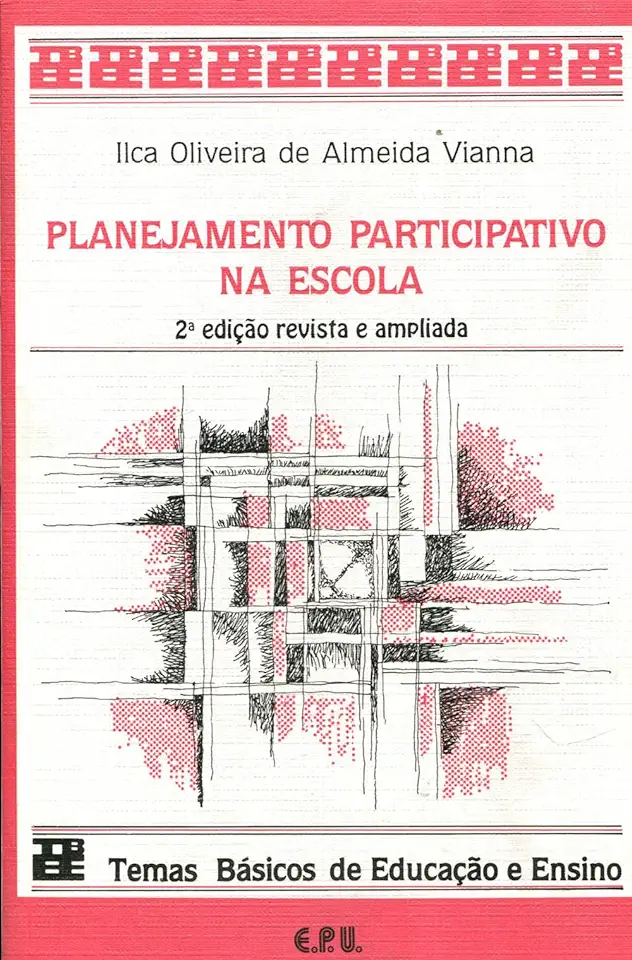
Participatory Planning in School - Ilca Oliveira de Almeida Vianna
Participatory Planning in School: A Comprehensive Guide to Empowering Students and Teachers
Introduction
In today's rapidly changing world, education is more important than ever. However, traditional educational methods are often outdated and ineffective. Participatory planning in school offers a new way to engage students and teachers in the learning process, creating a more dynamic and effective learning environment.
What is Participatory Planning?
Participatory planning is a collaborative process that involves students, teachers, and other stakeholders in the decision-making process. This means that students and teachers have a say in what they learn, how they learn it, and how their school is run.
Benefits of Participatory Planning
There are many benefits to participatory planning in school, including:
- Increased student engagement: When students are involved in the planning process, they are more likely to be invested in their learning. This can lead to improved academic performance, as well as a greater sense of belonging and ownership in the school community.
- Improved teacher morale: When teachers are given the opportunity to participate in decision-making, they are more likely to feel valued and respected. This can lead to increased job satisfaction and a greater commitment to the school.
- Enhanced school climate: Participatory planning can help to create a more positive and supportive school climate. When students and teachers feel like they have a voice, they are more likely to feel safe and respected. This can lead to a reduction in bullying and other negative behaviors.
- Increased community involvement: When parents and other community members are involved in the planning process, they are more likely to be supportive of the school. This can lead to increased funding and resources for the school, as well as a greater sense of community ownership.
How to Implement Participatory Planning
Participatory planning can be implemented in a variety of ways, depending on the specific needs of the school. Some common methods include:
- Student councils: Student councils are a great way to give students a voice in the decision-making process. Student councils can be involved in a variety of activities, such as planning school events, making recommendations to the administration, and representing the student body at school board meetings.
- Teacher committees: Teacher committees are another way to involve teachers in the decision-making process. Teacher committees can be involved in a variety of activities, such as developing curriculum, planning professional development, and making recommendations to the administration.
- Parent-teacher associations: Parent-teacher associations (PTAs) are a great way to involve parents and other community members in the planning process. PTAs can be involved in a variety of activities, such as fundraising, volunteering, and advocating for the school.
Conclusion
Participatory planning in school is a powerful tool that can help to improve student engagement, teacher morale, school climate, and community involvement. By involving students, teachers, and other stakeholders in the decision-making process, schools can create a more dynamic and effective learning environment that prepares students for success in the 21st century.
Call to Action
If you are interested in learning more about participatory planning in school, there are a number of resources available. The following are a few recommended resources:
- Participatory Planning in School: A Comprehensive Guide to Empowering Students and Teachers by Ilca Oliveira de Almeida Vianna
- The Participatory Planning Handbook by John Forester and Sherry Arnstein
- Participatory Planning: A Guide for Practitioners by the World Bank
These resources will provide you with the information and tools you need to implement participatory planning in your school.